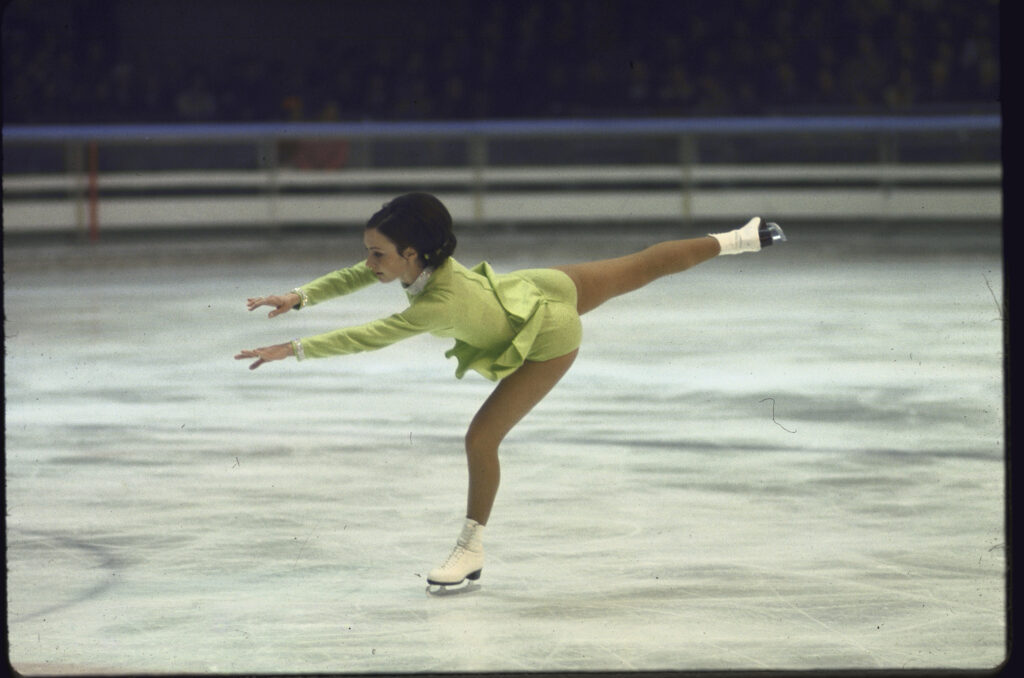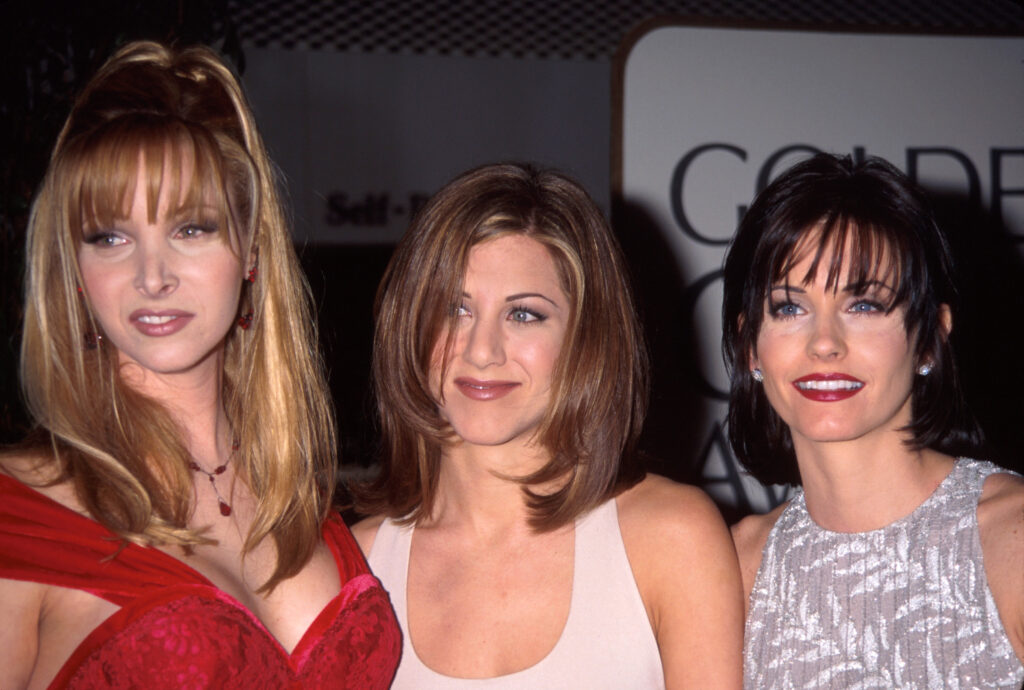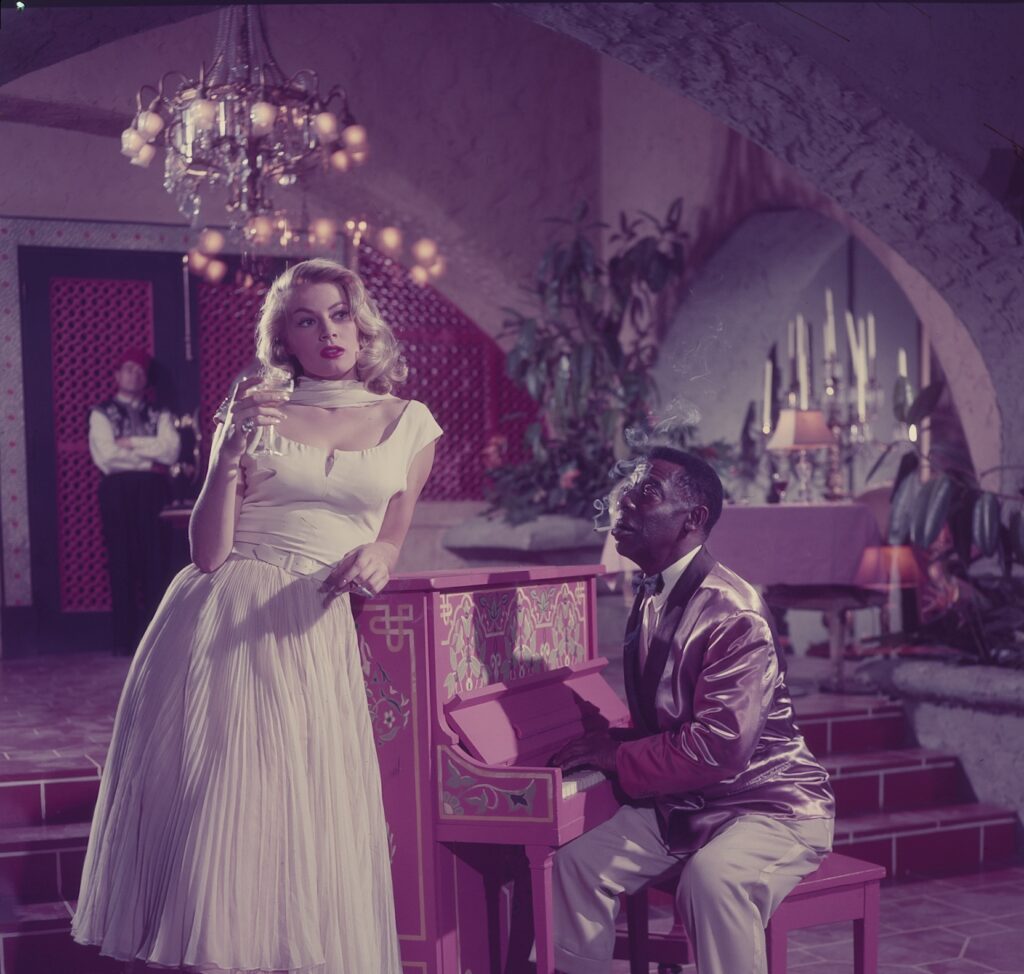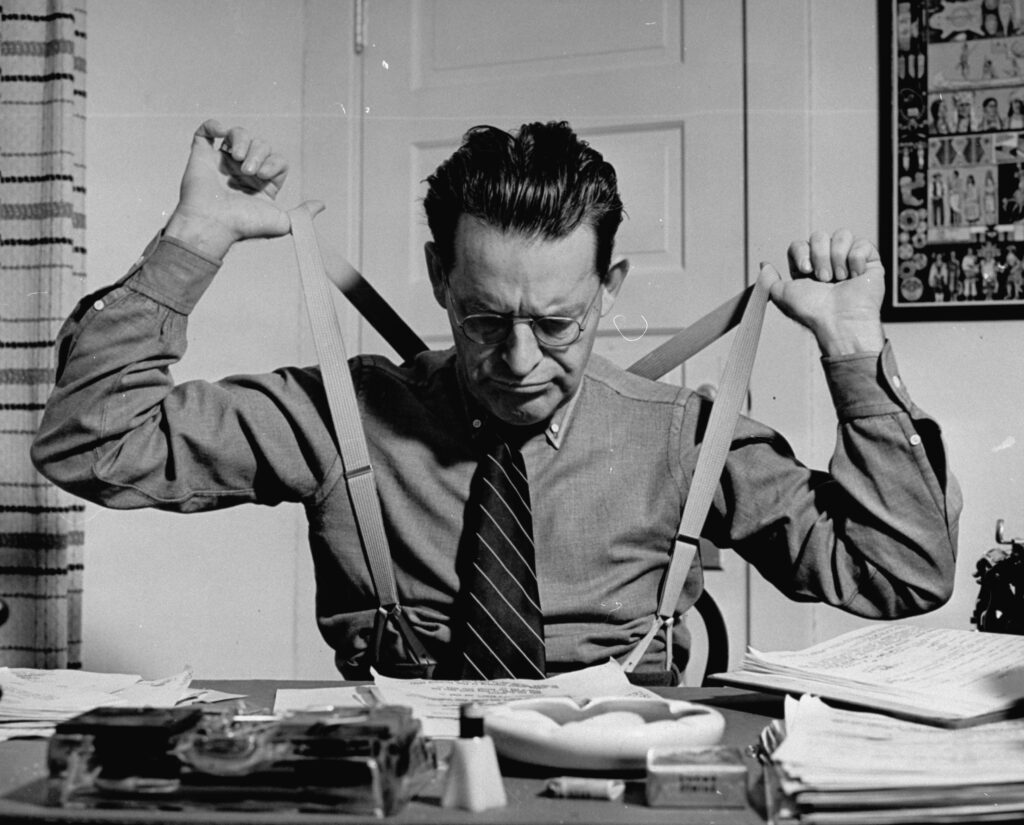Written By: Ben Cosgrove
Gordon Parks was a master of contradictions. His fashion photography captured the beauty and opulence of the 1940s and ’50s elite with carefully orchestrated framing and composition. But Parks was also renowned for his stirring images of poverty and racial discrimination. Parks” ability to transition from the slums of Chicago’s South Side to the sets of French fashion shoots not only demonstrated his wide-ranging talent, but also his knack for convincing even the most private subjects to pose in front of his lens.
Parks’ diverse and expansive catalog of creative works included countless photo collections; popular films such as Shaft and The Super Cops; three memoirs and an autobiographical novel, The Learning Tree; several books of poetry; a ballet (Martin, dedicated to Martin Luther King, Jr.); and musical compositions. It feels like the work of several lifetimes, Metaphorically, Parks, who died in 2006 at age 93, did live multiple lives, climbing his way from a life of poverty to great success.
Parks, born on Nov. 30, 1912, in Fort Scott, Kan., the son of a tenant farmer, was the youngest of 15 brothers and sisters. He attended a segregated elementary school and was told by a teacher that he should let go of his dreams of higher education. When Parks was 14, his mother died and he was sent to Saint Paul, Minn., to live with family. Shortly thereafter, he found himself turned out on the streets, learning to survive on his own.
Parks worked odd jobs. He was a piano player in a Minnesota brothel, as well as a busboy and waiter. In 1938, after seeing images in a discarded magazine, he was inspired to take up photography. He bought a camera at a pawn shop, and within months his pictures were exhibited in Minneapolis. His success as a photographer blossomed from there.
After moving to Chicago, Parks began to produce society and fashion photographs, while also pursuing his passion of documenting the hard lives of impoverished African Americans. “I saw that the camera could be a weapon against poverty, against racism, against all sorts of social wrongs,” Parks told an interviewer in 1999. “I knew at that point I had to have a camera.” His most famous images from this time were from a series documenting Chicago’s black ghetto—a collection that earned him a fellowship with the Farm Security Administration and catapulted his career.
Parks’ talent eventually led him to New York City, where, despite the racial prejudice of the time, he was hired by Vogue’s Alexander Liberman to shoot a collection of evening gowns. He continued to freelance for Vogue for several years, developing a distinctive style that was realistic, romantic and full of movement. In 1948, Parks was hired as the first African-American staff photographer and writer for LIFE, where he produced works on subjects ranging from fashion and sports to poverty and racial discrimination. He remained at the magazine for 23 years, becoming one of the title’s most popular and influential photographers.

French fashion model Simone Bodin posed at a tannery, in a leather suit printed in small neat design, 1956.
Gordon Parks The LIFE Picture Collection/Shutterstock

A model wore a nursemaid’s kerchief by Lilly Dache that had a stiff coronet and strings that went under her hair to tie through a loop at its back.
Gordon Parks The LIFE Picture Collection/Shutterstock

Models showed off ball gowns designed by Jacques Fath.
Gordon Parks The LIFE Picture Collection/Shutterstock

This sheath cocktail dress by Balenciaga was made from hundreds of scalloped bands of silk chiffon sewn on a straight slip, 1950.
Gordon Parks The LIFE Picture Collection/Shutterstock

This dress and hat were by Cuban designer Adolfo; the hat featured multi-colored rosettes made of ribbon, 1958.
Gordon Parks The LIFE Picture Collection/Shutterstock

A model wore a dusting cap of calico on a felt base which wrapped around her head like the scarf, 1952.
Gordon Parks The LIFE Picture Collection/Shutterstock

French fashion models, 1950.
Gordon Parks The LIFE Picture Collection/Shutterstock

Ladies modeled tie-on collars and matching barrel muffs made of natural fox skin, 1952.
Gordon Parks The LIFE Picture Collection/Shutterstock

A California designer created this sheath dress topped by ostrich feathers, 1959.
Gordon Parks The LIFE Picture Collection/Shutterstock

Cuban designer Ferreras created this evening dress with a yellow rose design, 1958.
Gordon Parks The LIFE Picture Collection/Shutterstock

















